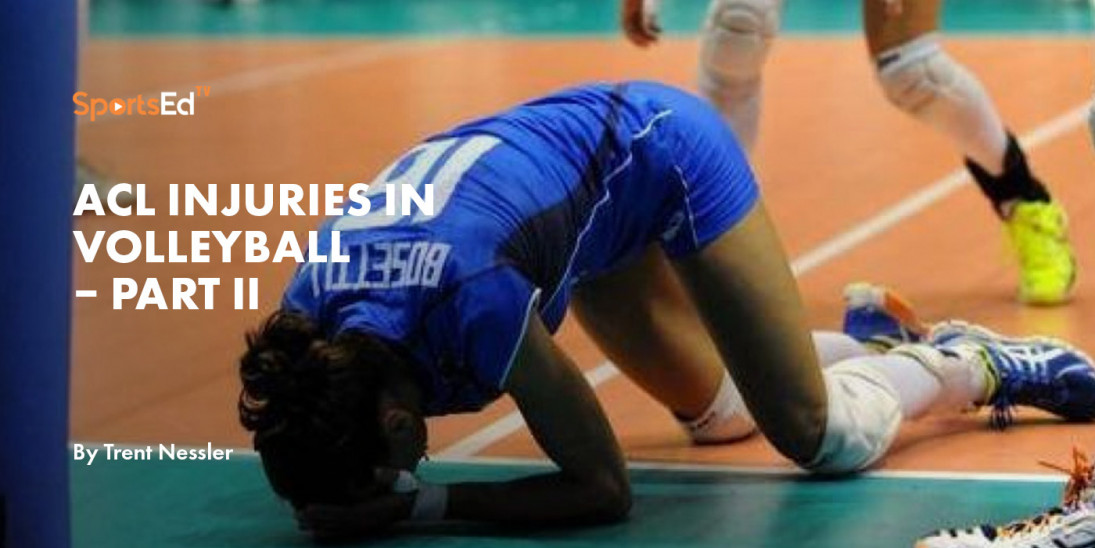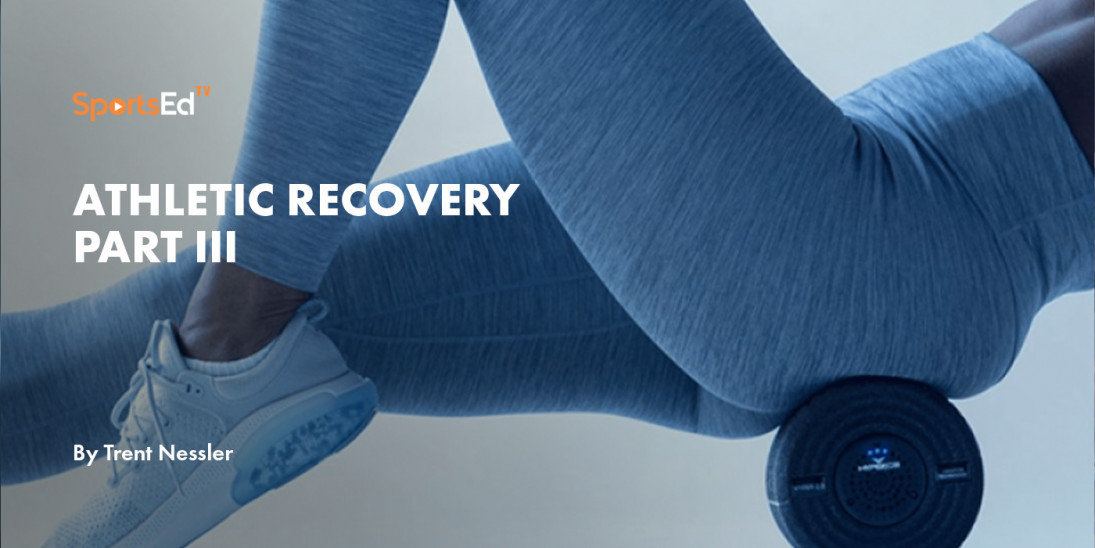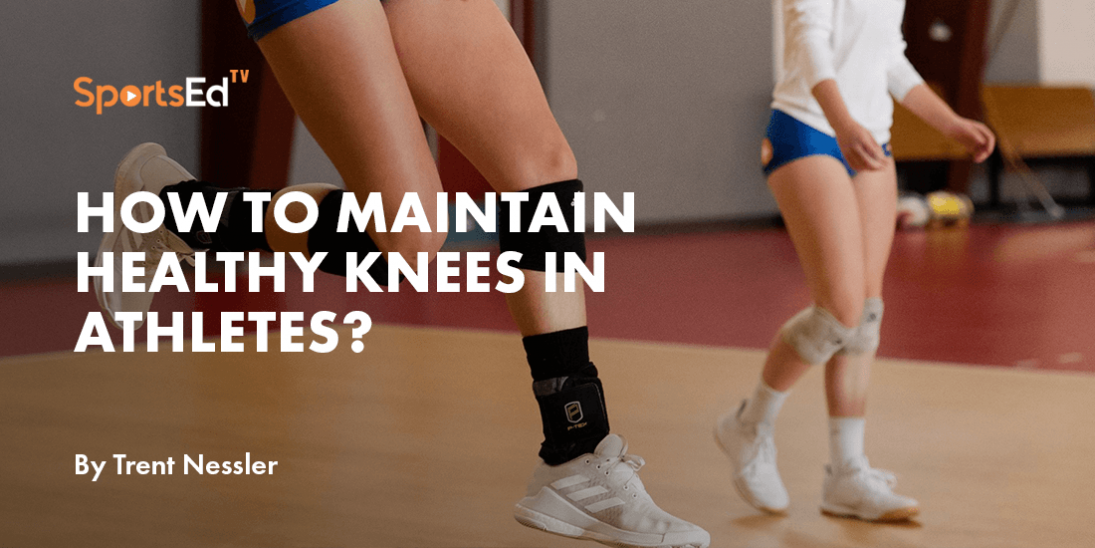Health
Welcome and thanks for visiting...

Avoiding the Pitfalls of Rehab - A Physical Therapist/Patient Perspective/Story
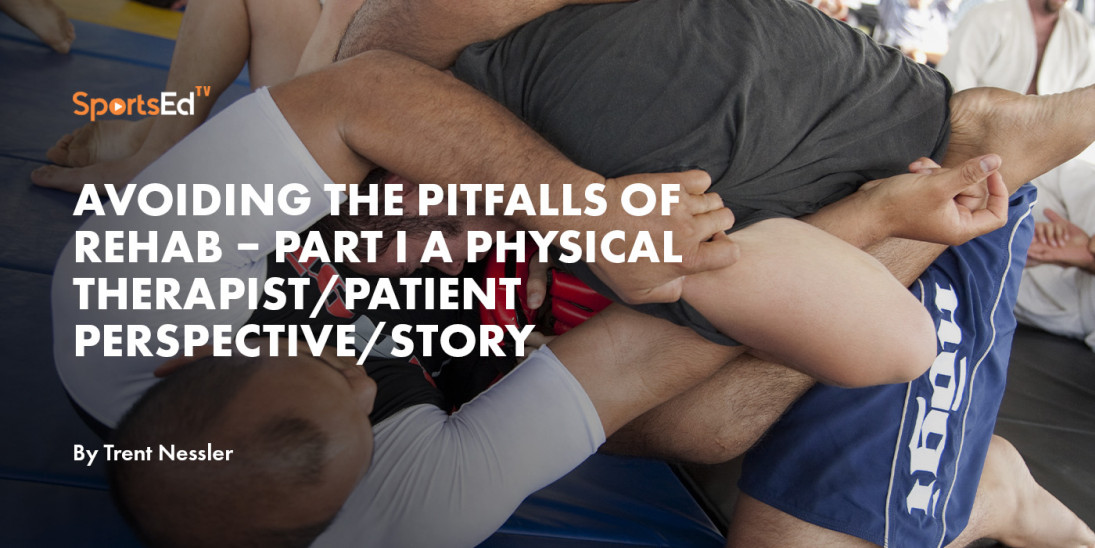
Dealing with an injury can be one of the most frustrating things for an athlete and coach. As a sports medicine physical therapist, I have dealt with a lot of college and professional athletes that have really been challenged mentally and physically throughout the process. Clinically, I have always tried to empathize with my athletes and be there for them physically and mentally. Over 24 years of clinical practice, this has led to a lot of frank conversations and helping athletes walk through this process.
As a mature athlete (Brazilian Jiu Jitsu or BJJ & weightlifter) and physical therapist, I have been able to avoid any major injuries through deploying a good injury prevention program into my weightlifting routine and by listening to my body and treating aches and pains before they become full fledge injuries. However, on November 16th, I suffered a knee injury in Jiu Jitsu when a lower belt performed an illegal move which caused my knee to gap open on the lateral side (outside) of my knee. This tore my LCL (lateral collateral ligament) and PLC (posterior lateral corner) which are both important for stability in lateral movements and rotation. I was put in a brace and put on crutches and told I would be on these for 2-3 weeks. Knowing that I had a grappling charity event in 4 weeks, I knew I had to progress within reason and using BFR right away. Within a week, I was out of the brace and off crutches. By Thanksgiving I was doing an hour on the elliptical, doing 20% 1 RM with BFR on legs (squats, leg press, leg ext.), started kick boxing on the heavy bag and started back to BJJ at 50%. By November 30th, I am feeling good, confident I will be able to do the event and have to travel for that entire week for work. While on my trip, I upped my resistance on heavy bag (via functional trainer), was continuing with my normal weight training, walking a ton and had to do three flights of stairs a day (multiple times). 14-hour days, limited sleep, poor hydration, and overtraining led to a major setback. By Saturday, I could not walk and was back on 2 crutches with limited weight bearing.
As clinicians and health care professionals, we don’t like to admit we messed up, but it happens to all of us. So, I am putting myself out there to share my experience, but I am doing this for a reason. Not sympathy but to share, as a physical therapist with 24 years’ experience in sports medicine, I unfortunately let me drive to compete override logic and everything I know about the process. I get it, we all fall into it and if there is someone who should not, it should be me. This led to me doing a lot of personal reflection and putting myself on the right track. I was not able to compete and made me realize I am in this for the long haul, not for just for one fight.
Considering this, I wanted to share with you what I have shared with my athletes for years in order to help them avoid the pitfalls of coming back from an injury.
- Keep consistent with your routine. If your routine is going to the gym, keep going to the gym. Maybe you can’t do legs, but you can do something. Instead of legs, focus on the things you typically let lack. Core, rotator cuff, cardio, whatever that is, it will help you keep consistent. The more consistent you are with your routine, the better you will feel mentally, and it will continue to give you your fix and not make you feel like you are losing it all.
- Be smart – listen to your body. As you start to progress your routine with your injury, make sure you pay attention to it. If it is painful when you do a certain exercise, modify it. That can be less range of motion or changing it completely to find a way of training the same muscle without irritating it. If your pain is increasing in intensity (how bad it hurts), frequency (how often it hurts) or duration (how long it hurts once starts) there is something you are doing to make it worse, you must find out what that is and modify it.
- Keep Positive – it is very hard, but you must remain positive. Look for the small things. Maybe you could not put on your shoes yesterday, but you can today. Always look for the positive side of the situation. Negative thought processes lead to stress, depression and the release of hormones (cortisol, epinephrine, etc) that has a negative impact on your feels, your heart and the natural healing process of the body.
- Stay hydrated – most athletes and American’s are clinically dehydrated. Hydration is critical for the natural healing process. The H+ is cleaved off the H2O to aid in making for a more neutral chemical environment. This neutral environment is critical in order for protein synthesis to take place in the Ribosome within the cytoplasm. Protein synthesis is critical in order for the muscle and soft tissue to heal. The more that is readily available, the quicker the tissue heals. The easiest way to know if you are hydrated, is looking at the color and order of your urine. It should be similar to what this chart shows and odorless (in absence of asparagus and heavy vitamin loads). Based on activity level, recommended dose is 1.0 oz for every Kg of body weight. In addition, the recommended daily dose of caffeine is 450 mg/day. The average American gets 1200 – 1500 mg/day. Caffeine is a diuretic, which means it makes you lose water. Even de-caffeinated drinks still have caffeine, they simply have LESS than caffeinated. For water intake, for most athletes, this will mean they will be close to or just over a gallon of water. If you are looking to increase your hydration, I would recommend doing this over 2 weeks and not all at once. Taking yourself from a dehydrated status to drinking a gallon plus a day can be hard to do. This will allow your body and bladder time to get used to.
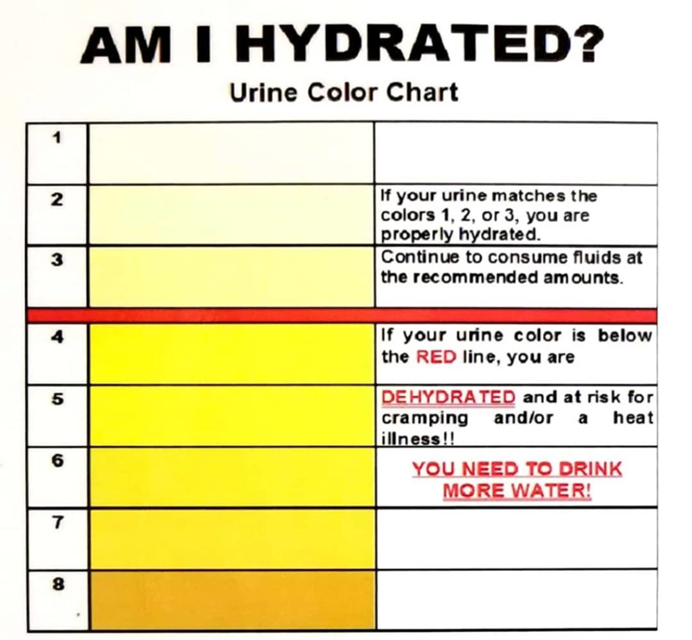
In the next article, we will wrap up this short series and discuss some additional things you can do to avoid the pitfalls of rehab. I hope you find this series worthwhile and stay tuned as we continue the discussion.
Dr. Nessler is a practicing physical therapist with over 23 years sports medicine clinical experience. He is a nationally recognized expert in the area of athletic movement assessment and injury prevention. He is the founder | developer of the ViPerform AMI, ViPerform AMI RTPlay, the ACL Play It Safe Program, Run Safe Program, author of a college textbook on this subject and published researcher. Trent has performed >5000 athletic movement assessments in the US and abroad. He is the President of Rebound Vitality providing injury prevention services for the tactical athlete and movement consultant for numerous colleges and professional teams. Trent also a Brazilian Jiu Jitsu purple belt and complete BJJ/MMA junkie. Follow Dr. Nessler on Instagram @ BJJPT_ACL_GUY or Twitter @ ACL_prevention. www.drtrentnessler.com
Read more:

